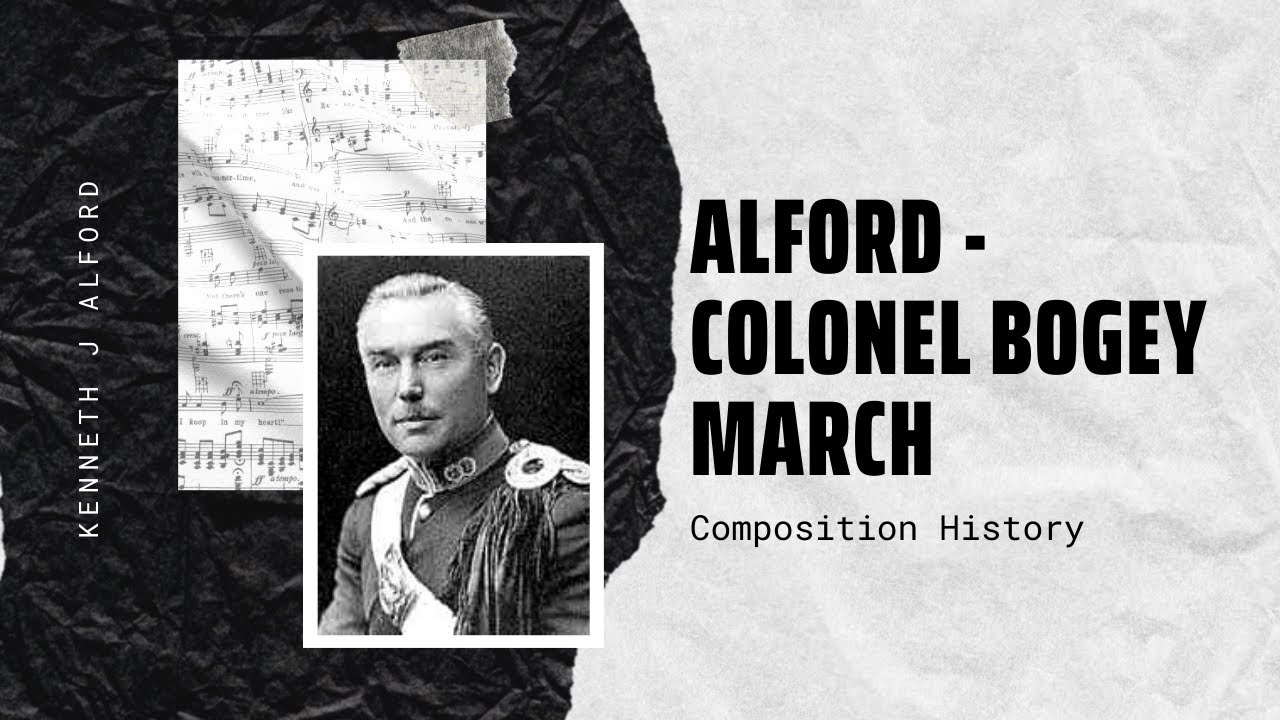
Adolphe Adam – Si jétais roi – Overture
Adolphe Charles Adam (24 July 1803 – 3 May 1856) was a French composer and music critic. A prolific composer of operas and ballets, he[…]

Chopin – Rondo for piano and orchestra Op. 14
Frédéric Chopin – Rondo for piano and orchestra Op. 14 Frédéric Chopin’s Rondo à la Krakowiak in F major, Op. 14 is a composition for piano[…]

Kenneth J Alford – Colonel Bogey March (Piano Arrangement)
Kenneth J Alford – Colonel Bogey March (Piano Arrangement) Frederick Joseph Ricketts (21 February 1881 – 15 May 1945) was an English composer of marches for[…]

Schumann – Fantasy Pieces Op. 73
Robert Schumann – Fantasy Pieces Op. 73 Three Fantasy Pieces (Drei Fantasiestücke) for clarinet and piano, Op. 73, were written in 1849 by Robert Schumann. Though[…]

Mozart – Don Giovanni K 527 – Overture
Wolfgang Amadeus Mozart (27 January 1756 – 5 December 1791), baptised as Johannes Chrysostomus Wolfgangus Theophilus Mozart, was a prolific and influential composer of the[…]

Mozart – March in D major K 189
Wolfgang Amadeus Mozart (27 January 1756 – 5 December 1791), baptised as Johannes Chrysostomus Wolfgangus Theophilus Mozart, was a prolific and influential composer of the[…]

Theodore Dubois – Promenade Sentimentale
Theodore Dubois Promenade Sentimentale For more: http://www.melhoresmusicasclassicas.blogspot.com
Händel – Air in G minor HWV 467
Georg Friedrich Händel Air in G minor HWV 467 For more: http://www.melhoresmusicasclassicas.blogspot.com

Chopin – Valse mélancolique “Le Regret” Op. 332
Frédéric Chopin – Valse mélancolique “Le Regret” Op. 332 Frédéric François Chopin (1 March 1810 – 17 October 1849) was a Polish composer and virtuoso pianist[…]

Giulio Regondi – Etude No. 6
Giulio Regondi Etude No. 6 For more: http://www.melhoresmusicasclassicas.blogspot.com